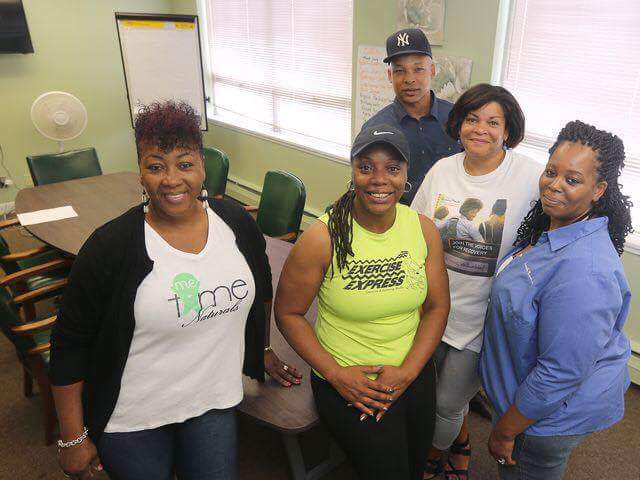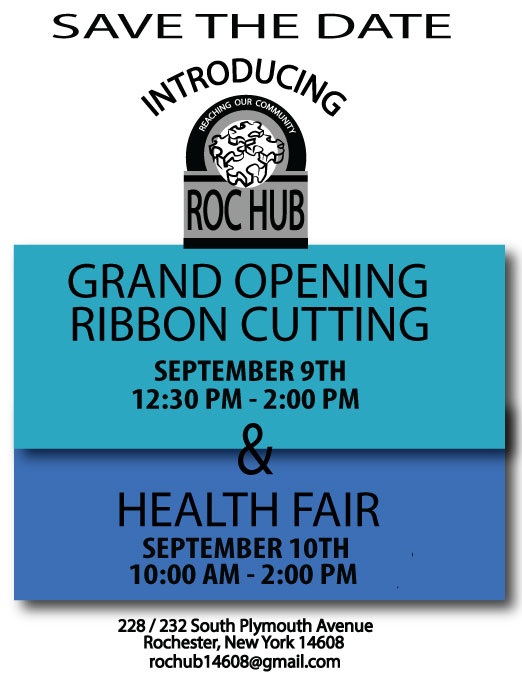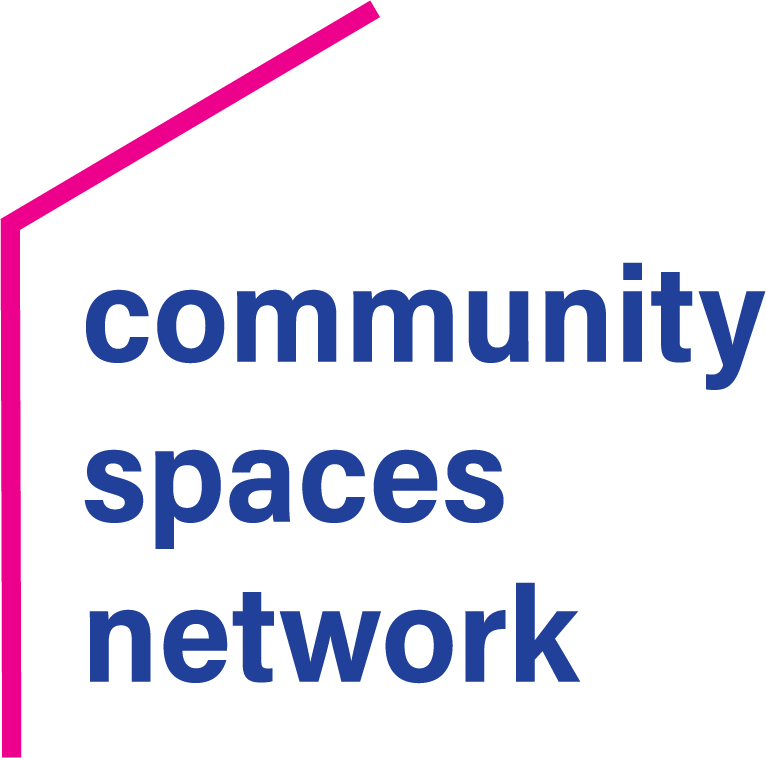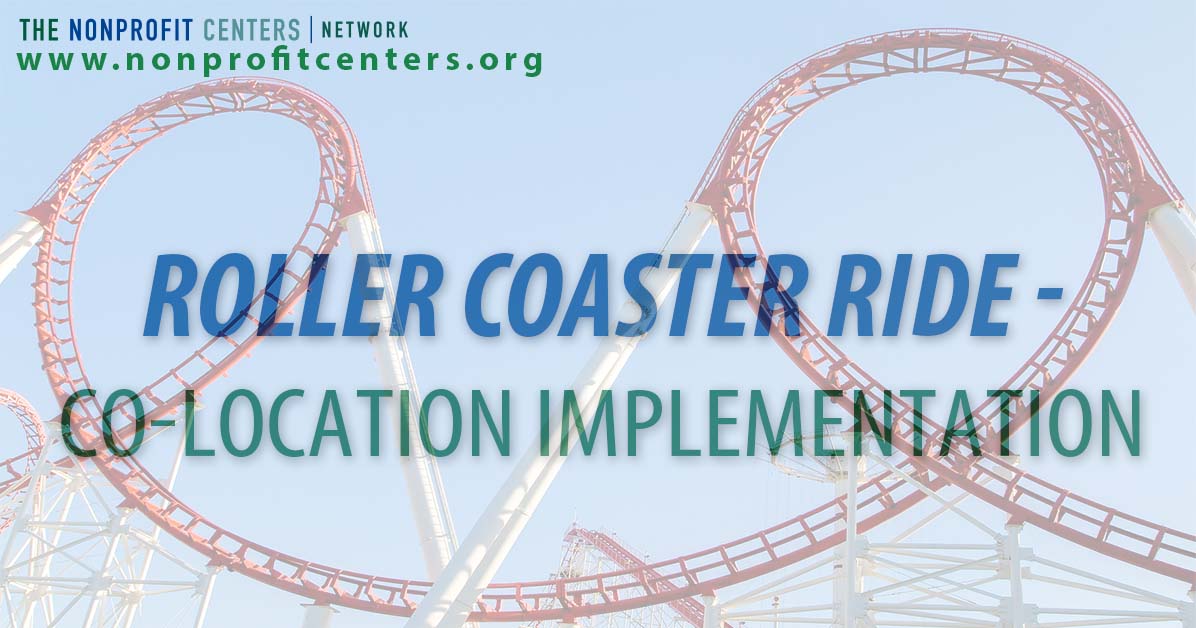We are excited that today’s blog author will be featured as one of 8 presentations at this year’s Sharing Innovation 2018. Like what you read? Register today at www.nonprofitcenters.org/sharing
3….2….1…. Our ride has just started!!
Three African-American women will guide you from theory to practice – through the development of Reaching Our

Community (ROC) HUB, which consist of three businesses and one nonprofit organization located in the same building.
Utilizing the social ecological model (SEM) as a framework, this model recognizes the relationships that exist between an individual and his or her environment within and across various systems. The levels within the SEM include: (a) individual, (b) interpersonal (social networks), (c) community (formal and informal social networks), (d) societal (social institutions), and (e) political (public policy). The model addresses the complexities and interdependences between the socioeconomic, cultural, political, environmental, organizational, psychological, and biological determinants of behavior (Stokols, 1996). The application of the social ecological model identifies various differential constraints and opportunities for accessing social, financial, and community resources when situated within each of the social systems.
“Are you sure this isn’t going to be scary?” Hold On…
Current health disparities show that transportation and self-care motivation adversely impact clinical outcomes and healthcare productivity. Social, mental, acute and chronic health conditions often translate into the need for support services.
The leadership team considered several questions during the development of ROC HUB. Questions such as:
- Is there a possibility that centralized and specialized services and support groups may (a) strengthen families emotionally and psychologically, (b) enhance community safety, and (c) promote individual responsibility, thus increasing the likelihood of educational and economic success, and improvement in the health and well-being of community members?
- Is there a possibility that centralized support services may also provide a safe environment to address issues of stigma and alleviate concerns associated with navigating social, financial, and community resources?
Conceptually, Rochester, NY is moving from a “single point of entry” to a “no wrong doors” approach for initial contact which can then be seamlessly routed to a centralized HUB model. You will hear about the process of community buy-in, selecting a pilot site location, shared utilization of resources, shared leadership roles, and conflict management.
Collaboration works when community buy-in and entities can co-exist for the greater good. Come on!
Your roller coaster ride is likely to be exciting, one way or another! After all, when you try new things, you just might like them!!!


